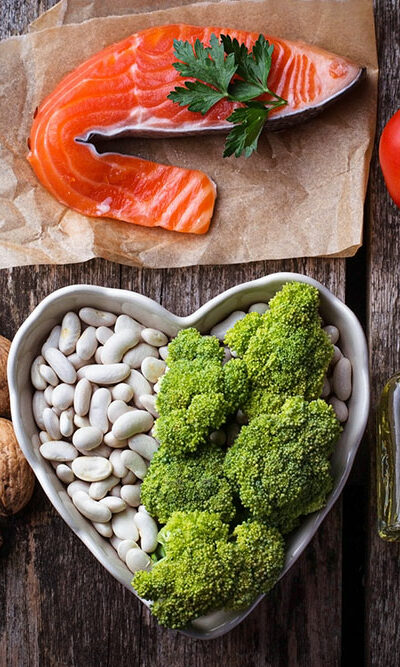
Top nutrition tips to manage epilepsy
Living with epilepsy can be challenging and it is essential to know how to manage it better. People suffering from this condition are constantly looking for ways to stay seizure-free. It is believed that a balanced diet that has the right amount of nutrients from various food groups can ensure that the brain and body function normally. So, a diet can help one control seizures and live with epilepsy efficiently. How diet affects epilepsy While no food can trigger an epileptic seizure, a well-planned diet can reduce the risks of seizures by maintaining good health. A balanced diet will give one the energy and important nutrients and better sleep and stamina for engaging in activities. These factors can help one live better; one becomes more positive and develops stronger focus and control to manage the condition. Top nutrition tips for living well with epilepsy When the body metabolizes fats, it produces ketones. So, following a Ketogenic diet forces the body to utilize more fats for energy production instead of glucose or sugar through a diet that increases fat intake and lowers carbohydrate intake. This diet plan can work in reducing seizures amongst kids and grownups suffering from epilepsy. But for this diet to work its magic, one will have to follow it without any breaks. So, the types of food and the respective amounts must be precisely measured. Preparing meals is bound to be a time-consuming affair. However, the diet may not work for kids. The MCT diet or medium-chain triglyceride diet is one where people use an oil supplement for their dietary fat intake instead of getting oil from foods. This is why this diet may be easier since one will be free to eat more carbs and proteins and one can get fewer fats from food. The Atkins diet is a low-carb, high-protein diet plan similar to the Keto diet, with some flexibility in fluid, proteins, and calorie amounts.










